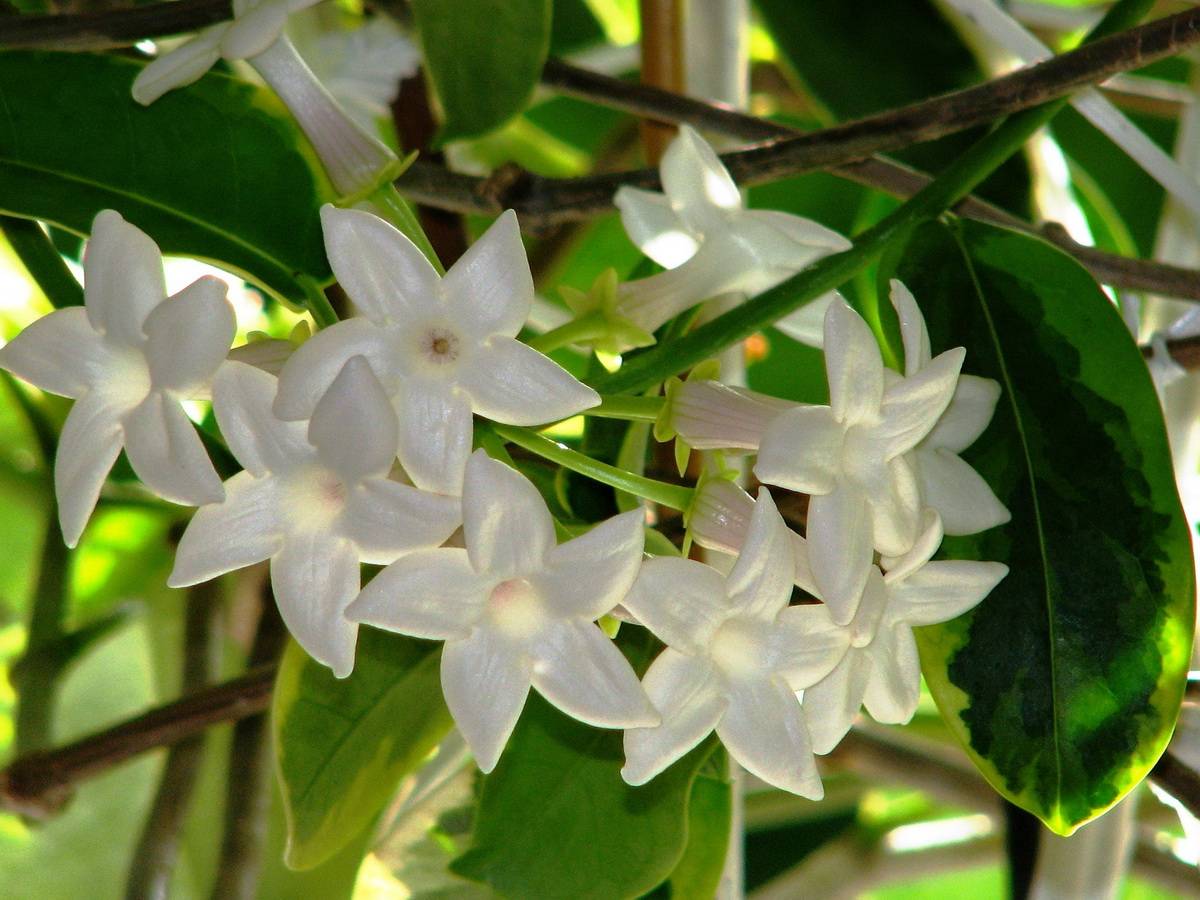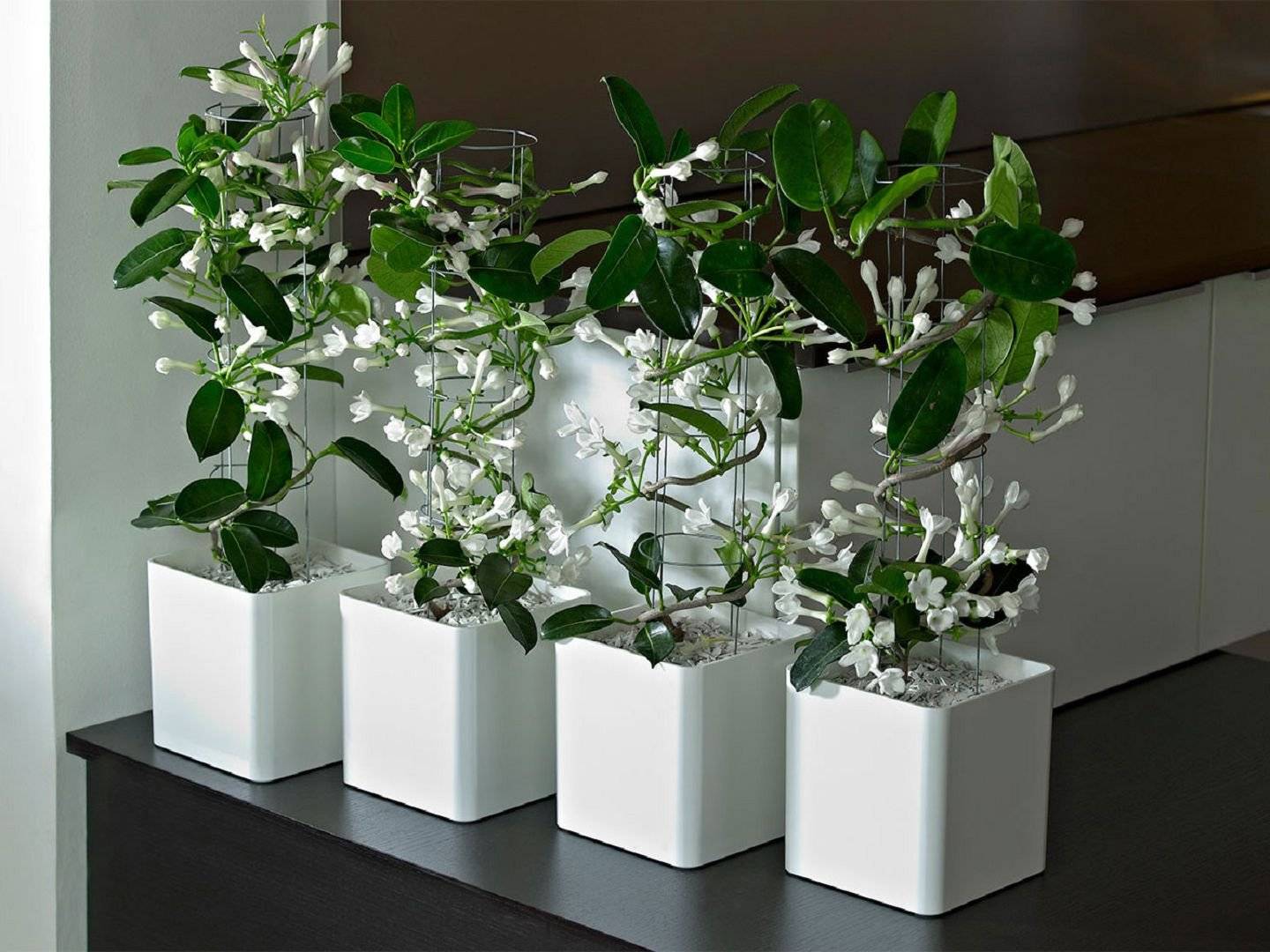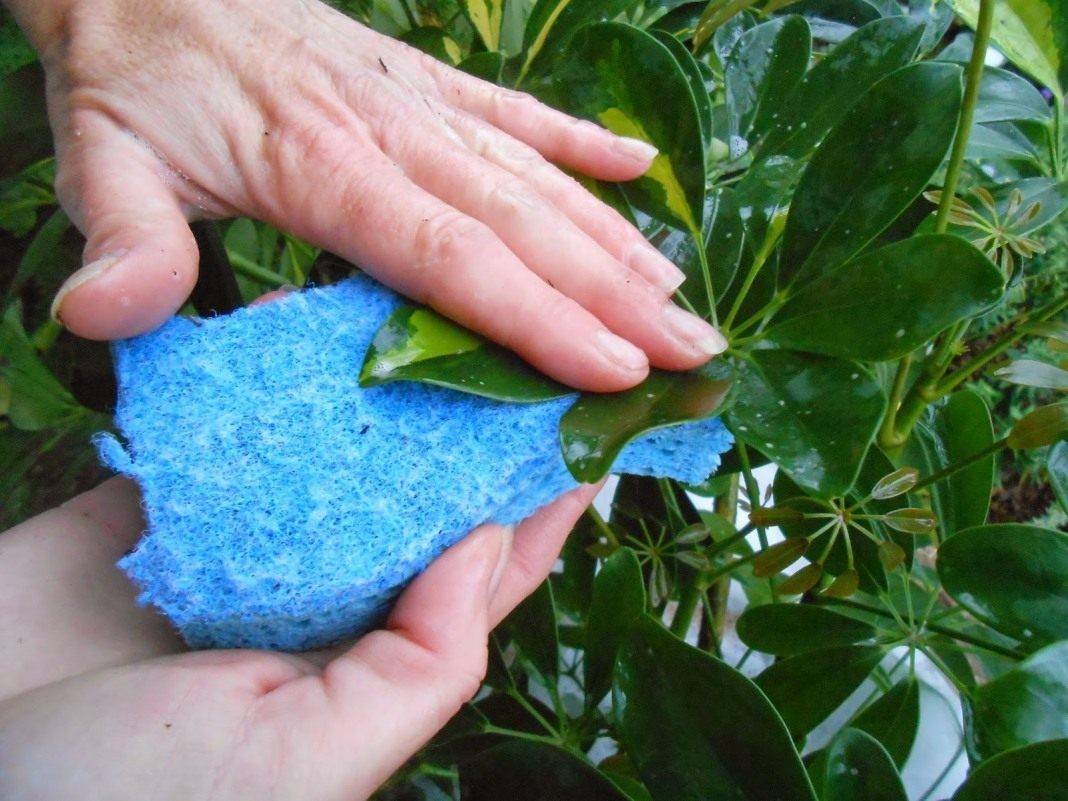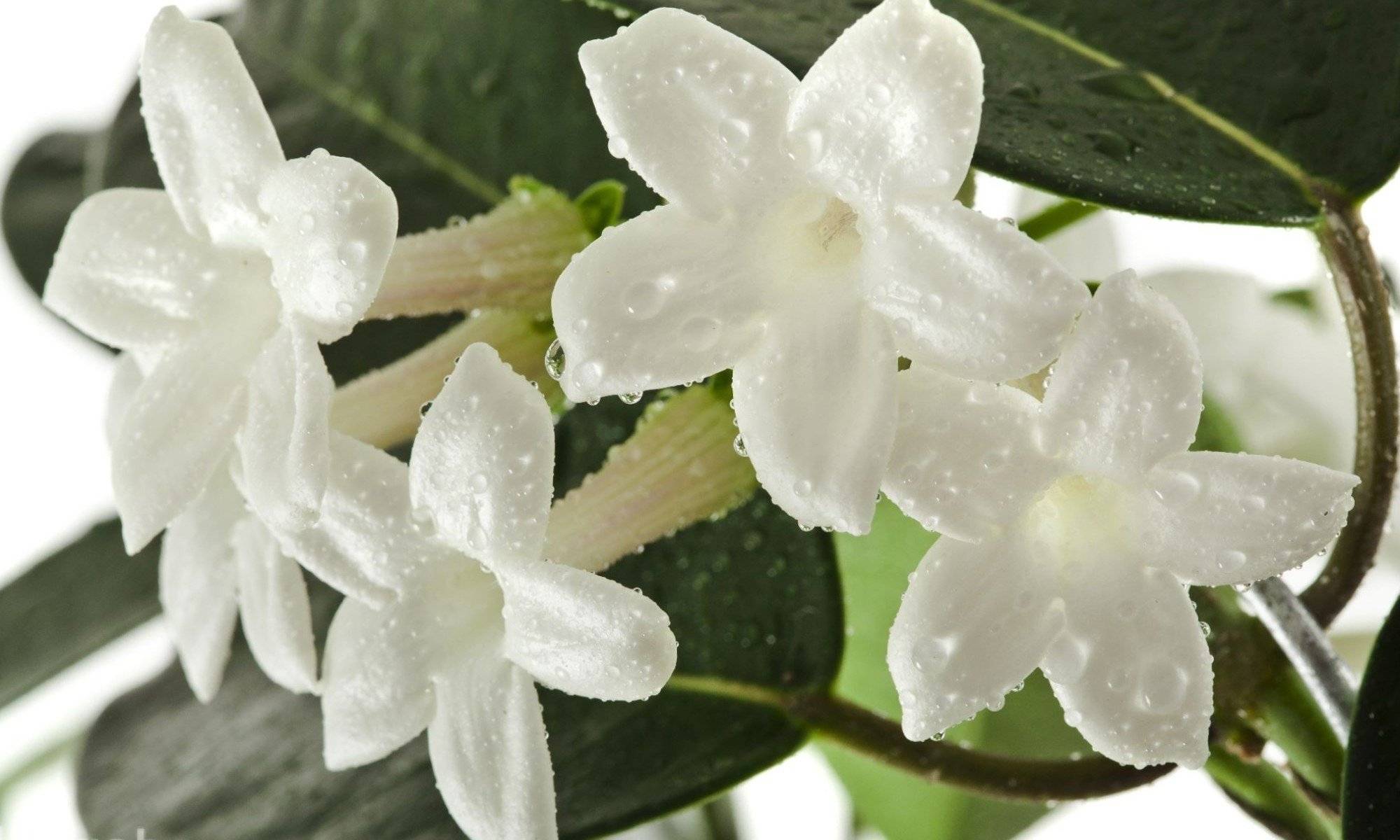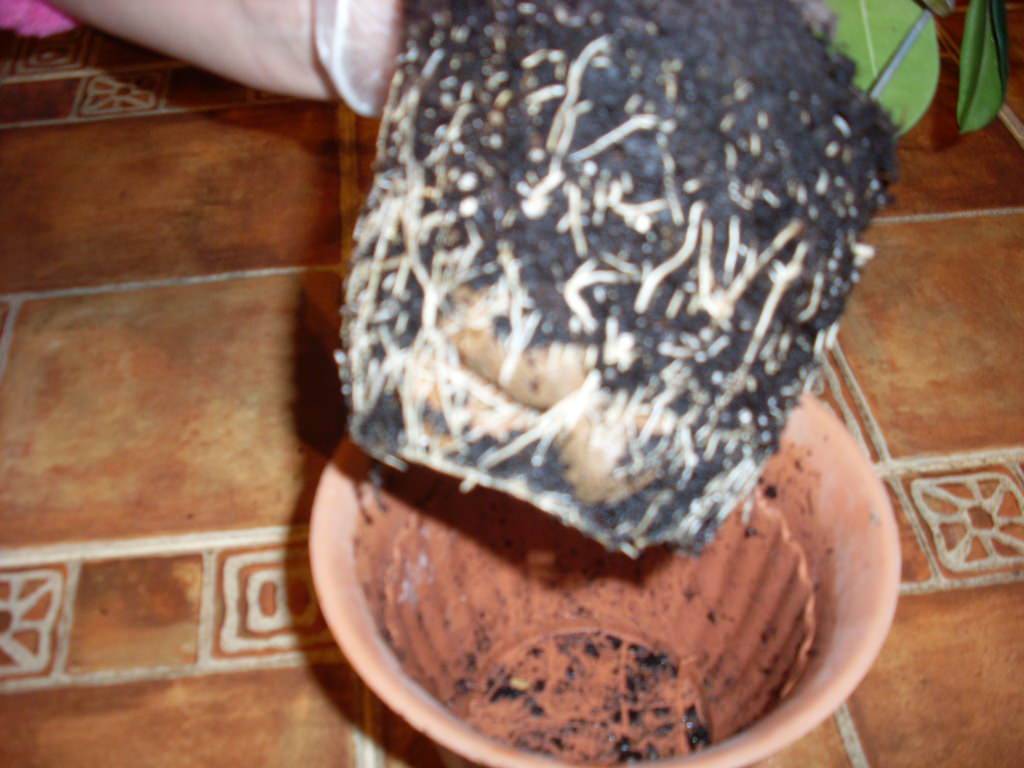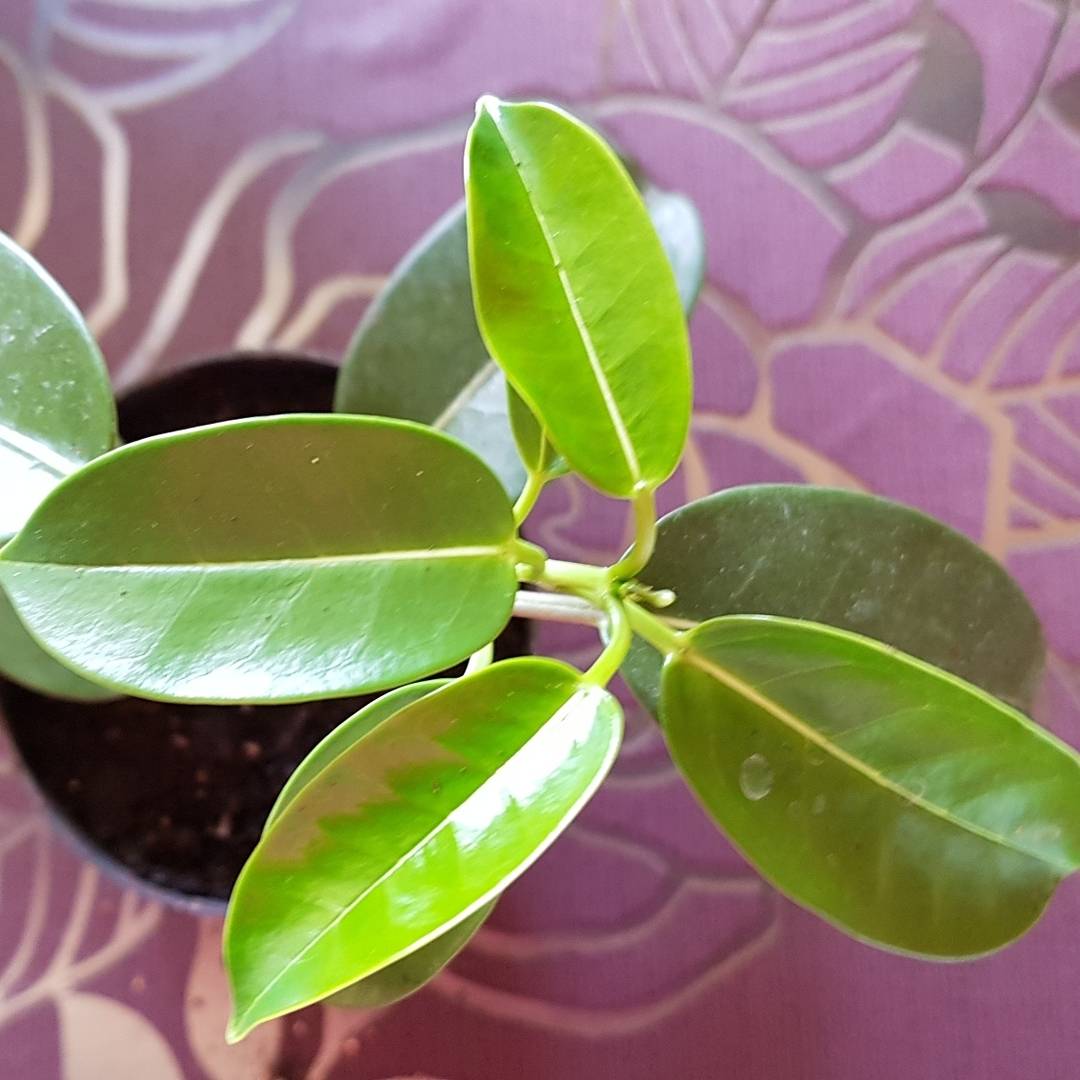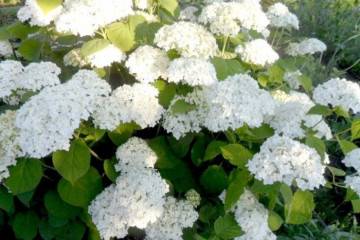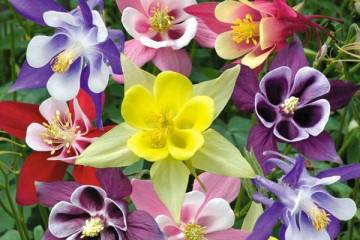Stephanotis floribunda flower profusely
Content:
You can decorate your home with a climbing plant with very decorative flowers using Stephanotis. The genus Stephanotis includes about 16 species originating from Madagascar and Malaysia. Stephanotis was introduced to Europe around 1839. It is a beautiful plant that produces small but very pretty white flowers that give off a pleasant scent. It is easy to care for it, and the plant will bloom for a long time.
Stephanotis flower
Stephanotis, also known scientifically as Stephanotis Floribunda, is an evergreen plant native to Madagascar, where a large number of unique flowers live in relative isolation.
It belongs to the botanical family Asclepiadaceae and is characterized by pronounced, dark green or colorful leaves. The main feature is the flowers, which are collected in small inflorescences. It is usually grown as a houseplant as it is very sensitive to cold.
With its cascading white flowers framed by bright green leaves, Stephanotis floribunda is also often referred to as a wedding plant. Indeed, colorful, fragrant flowers are very popular with florists and are often used in floral arrangements at weddings, but it is not necessary to get married to enjoy this beauty.
Signs and superstitions about Stephanotis: is it possible to keep at home
Folk omens say that the stephanotis flower, like ivy, drives away potential husbands from the house. It is also stated that if the plant blooms, then the woman living in the house will marry. All this is nothing more than prejudice. The history of Stephanotis Floribunda (like most other indoor flowers) has not recorded a significant impact on personal life.
Indoor flower Stephanotis Floribunda
The jasmine of Madagascar can reach 5 meters in length. The leaves are perennial, and the flowers are white, very fragrant. Flowering begins in spring and lasts until the end of summer.
A tropical inhabitant should live in a greenhouse or indoors, because the Stephanotis variegated plant has difficulty taking root outdoors. The ideal temperature is 18 ° C, it should never drop below 12 ° C and should not exceed 30 ° C.
Fortunately, it also grows very well in a pot and can be grown as a houseplant in colder climates. But this does not mean that the plant must spend its entire life indoors. During the summer months, gardeners can take the plant outside. Jasmines of Madagascar form a vine because they grow naturally at a height of over four meters.
It is recommended to prune the plant regularly in the spring to keep it compact and give it an adequate appearance. A plant of this size needs support, such as a trellis, to hold the fragrant flowers and shiny leaves.
Growing only one flower inside the house is recommended, as it grows a lot. The biggest problem with Madagascar jasmine is space.
How to care for Stephanotis Floribunda at home
Stefanotis indoor flower care includes not only good watering and temperature control. Other mandatory procedures:
- Location. Inside, in a very bright, draft-free room.
- Substrate. There must be good drainage. It is recommended to mix the universal substrate with perlite.
- Watering. Frequent, especially in summer. In the hottest months of the year, water should be watered 3-4 times a week, and the rest of the year 2-3 times. Use water without lime, and remember that if there is a tray under the flower, it is necessary to remove the water that remains there for more than 5-10 minutes after watering.
- Fertilizer. In spring and summer, top dressing should be applied either with a universal fertilizer or with liquid organic fertilizers. The instructions on the packaging must be followed.
- Pruning. The stems can be cut in early spring.
- Transfer. Held in the spring, every two years.
- Temperature. Does not withstand cold and freezing. If the temperature drops below 10 º C, damage may result.
Seasonality of care for stephanotis at home
Stephanotis grows best in rich soils, but with good drainage. The plant can grow in partial shade, but more light is better for flowering. Six or more hours of sunshine is ideal.
Stephanotis grow well in pots. They can restrict the size of the plant and make it easier to move the plant from the balcony, when cold is threatened or in late summer.
Care in the active phase of development
Houseplants are generally much shorter than their wild counterparts. Flowers grow well in pots or containers that have holes in the base to allow good drainage and in light soil, indoor temperatures should hover around 18 degrees during the day, dropping to 12 degrees at night.
Plants should be placed near a sunny window where they will be exposed to sunlight in the morning or evening, but protected from direct rays. Flowers should also be protected from cold air currents.
Watering and humidity
Stephanotis prefers moist soil, but it should never be flooded. A lot of watering is needed to maintain soil moisture during the summer months, but you should reduce the amount of water in the fall and almost stop watering in the winter.
It can be useful for a plant in a room to be located near a humidifier. In the spring and summer, the leaves of the flower should be sprayed as often as possible. The water should be soft and warm, and you can also use a damp sponge instead of spraying.
Although the leaves need high humidity, buds and flowers do not like it as much as dew. It is especially important to monitor the humidity in winter, so it is best to keep the pot on a pallet at this time of year.
Pruning and shaping the bush
In early spring, if desired, the plant can be pruned to control size and remove dead or diseased parts. In the latter case, it is necessary to sterilize the scissors between each incision.
Resting care
It is necessary to provide the flower with a trellis or other structure. In winter, between waterings, allow the soil to dry to a depth of one to two centimeters. A cool wintering area promotes good flowering.
Fallen leaves are not a symptom of any mistake - it is normal for a plant to lose almost half of its foliage in winter.
Top dressing and transplanting
A slow-release, balanced, water-soluble flowering plant fertilizer should be used. Instructions may vary by brand, but typically, 1 teaspoon of fertilizer is added for every 4 liters of water used. Use this mixture to water your plants once a week.
If the plant becomes too old or difficult to move, you can simply replace the top layer of soil in the pot. Organic and mineral fertilizers during the flowering period are applied from once a week to 2 times a month.
If the plant was recently transplanted, then Stephanotis does not need feeding, since the fresh soil provides all the necessary trace elements. During the dormant period, the flower does not need excessive care.
Reproduction methods
You need to cut the stalk, but not during the flowering stephanotis. Plant in a pot about 7.5 cm deep, the soil should contain equal parts of peat and coarse sand or perlite. Keep at a temperature of about 18 ° C, in bright light and out of direct sunlight.
Keep the pot moist for 8-10 weeks for the stephanotis to take hold. Once the new roots are well developed, you can move the shoot to a larger pot.
What to do if Stephanotis does not bloom
There are several reasons for the lack of flowering:
- The flower lacks light.
- The fertilizer contains too much nitrogen.
- The plant was shocked by the sudden temperature drop.
- The flower overwintered in the warmth.
You just need to find the cause and eliminate it.
Typical care mistakes
Usually people believe that if this plant is from Madagascar, then it will endure any of the hottest weather. This is not so - the flower does not tolerate temperatures above 25 degrees, and in winter 15 degrees are more than enough for it.
In autumn and winter, stephanotis is not fed, in spring and summer, potash fertilizer is preferred over nitrogen.
For lovers of exotic plants, Stephanotis is the best choice. Its beautiful bloom will bring many pleasant moments, and even the effort spent on grooming for the sake of such beauty will not be a shame.
